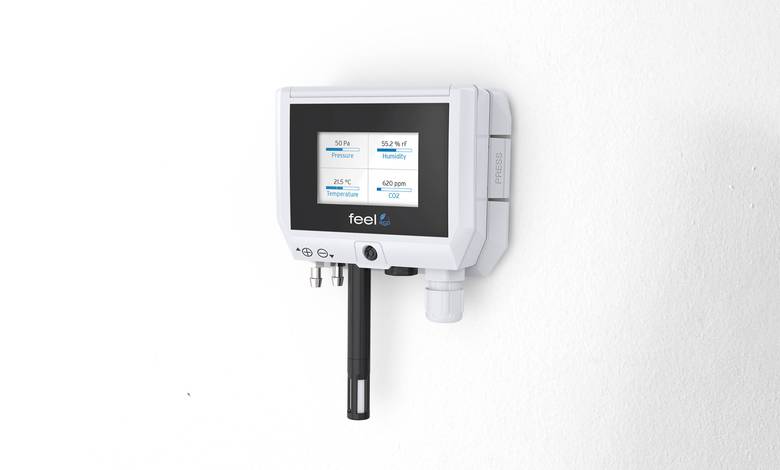"After all, we would never take a glass of polluted water and drink it, in which bacteria and viruses are cavorting, but with the air we don't worry about that at all!" commented aerosol scientist Dr. Gerhard Scheuch on 11.11.21 at the pro.vention trade fair in Erfurt.
The Corona pandemic has impressively shown that it is also worthwhile to think about indoor air quality. In a study of more than 7,300 covid infections investigated, only one infection was detected outdoors, whereas 7,299 infected people contracted the disease indoors. And while more and more limits are being set for the outdoors, such as particulate matter levels, we often don't even know what kind of air quality to expect indoors, where it has a significant impact on our health and well-being.
The assessment of air quality in Germany is regulated by the 39th Ordinance for the Implementation of the Federal Immission Control Act. Essentially, this concerns the concentration of the following substances: sulfur dioxide, nitrogen oxides, particulate matter of the sizes PM2.5 and PM10, lead, benzene and carbon monoxide. Limits are defined for outdoor areas, but for indoor areas there are no uniform criteria for assessing air quality. The index of the city of Vienna can be used for orientation. The Austrian capital has developed an index for assessing air quality, the so-called Vienna Air Quality Index.
The assignment of air measurement values to the pollutant index is carried out using a simple evaluation scheme:
| Rating | Index | Ozone | Particulate matter | Nitrogen | Sulfur dioxide | Carbon monoxide. |
| Very good | 1 | 0 - 60 | 0 - 20 | 0 - 45 | 0 - 50 | 0 - 2.5 |
| Good | 2 | 61 - 90 | 21 - 35 | 46 - 100 | 51 - 85 | 2.6 - 3.5 |
| Satisfactory | 3 | 91 - 130 | 36 - 50 | 101 - 140 | 86 - 120 | 3.6 - 5.0 |
| Unsatisfactory | 4 | 131 - 180 | 51 - 100 | 141 - 200 | 121 - 200 | 5.1 - 10.5 |
| Poor | 5 | 181 - 240 | 101 - 150 | 201 - 400 | 201 - 500 | 10.6 - 20.5 |
| Very poor | 6 | from 241 | from 151 | from 401 | from 501 | from 20.6 |
| Very good | Negative effects on ecosystem are unlikely according to current knowledge |
| Good | All health protection limits are met. Effects on ecosystem can no longer be ruled out |
| Satisfactory | The health protection limits are mostly still complied with. Effects on ecosystems are increasingly possible. |
| Unsatisfactory | The measured values are at the level of health protection limit values. Health impairments of sensitive persons may occur in isolated cases. |
| Poor | The health protection limits are exceeded. Health impairments of sensitive persons are possible. The population is increasingly informed about the pollutant situation. |
| Very poor | The measured values are at the level of alarm thresholds. The health protection threshold values are clearly exceeded. Health impairments of all persons are possible. |
Assessment scheme of air quality according to the Vienna Air Quality Index.
The demand for appropriate measuring instruments for indoor use is addressed by FSM AG in Kirchzarten. The so-called multi-sensors of the feel product series measure simultaneously:
An extension to include fine dust concentrations of PM1.0, PM2.5 and PM10 is planned. A differential pressure measurement for e.g. filter monitoring of an air purifier is available.

The measured values can be displayed on the graphic display and processed analog or digital.